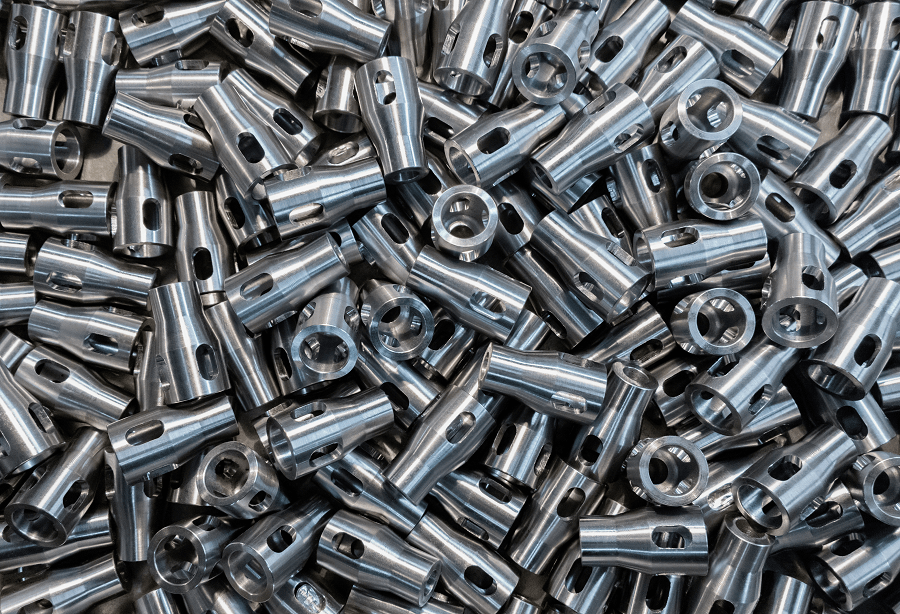The industrial cleaning market offers various types of water based parts washing systems, with spray cabinets, ultrasonic washers, immersion units, and drum top washers being primary models. The different models demonstrate that water-based cleaning equipment that’s perfect for cleaning some parts may not be so great for cleaning others. Let’s take a closer look.
Evaluating Your Parts
If you’re fortunate enough to be able to clean all of your parts with aqueous-based solvents, then you can skip this section and move to the next one: choosing the right water based parts washer. However, if your organization is like most large-scale industrial outfits, it has parts that entail different cleaning requirements.
If so, the question is whether you need a water based parts washer, or whether another type could work just as well (i.e. non-aqueous solvents could clean the parts as effectively as aqueous solvents, with no negative consequences). Many organizations have parts that require both a water based parts washer and one that uses non-aqueous solvent.
Homogenous, non-electrical stainless steel parts, for example, can be cleaned in a water based parts washer, as long as the enclosure’s temperature remains below the transformation point of chromium — the lustrous compound that makes stainless steel shine. Carbon steel, on the other hand, oxidizes easily in the presence of water and could benefit from non-aqueous cleaning.
Evaluating Parts Washers
Whether you need a water based parts washer to clean a portion of your parts or all of them, you have four basic systems to choose from. Below, we look at the basic pros and cons of each.
- Spray Cabinets
Pros: High-level cleaning, ideal for heavy soils, excellent for cleaning aluminum
Cons: High startup cost initially, more energy use than solvent unit, may need rust prevention
- Ultrasonic Units
Pros: Good for parts with holes or hidden surfaces, high-performance, reduces cleaning labor
Cons: High startup cost initially
- Immersion Units
Pros: Reduces scrubbing, reduces labor costs
Cons: Costlier than drum top units, could make it hard to clean heavy, stubborn soils
- Drum Top Units
Pros: Great for light cleaning operations, low initial start up cost, minimal waste produced, non-toxic vapor
Cons: Microbial units are high-maintenance and not for large parts or heavy, stubborn soils.
Which water based parts washer is right for your needs requires evaluating parts you must clean, soils you need to remove, and whether a washer offers the benefit of solvent recycling. Ecolink can help you examine these factors and others to choose a washer — and more than one, if necessary — that meets your aqueous-based parts cleaning requirements.
Contact Ecolink Today
For assistance selecting an industrial parts washer or solvents for the parts washer you operate, Ecolink is here to help. For over 25 years, we’ve specialized in supplying stock and custom cleaning solvents that support safety in the workplace and healthy, natural environment.
To reach us, please call (800) 563-1305 today, or use our contact form. We look forward to helping you refine parts washing operations!















